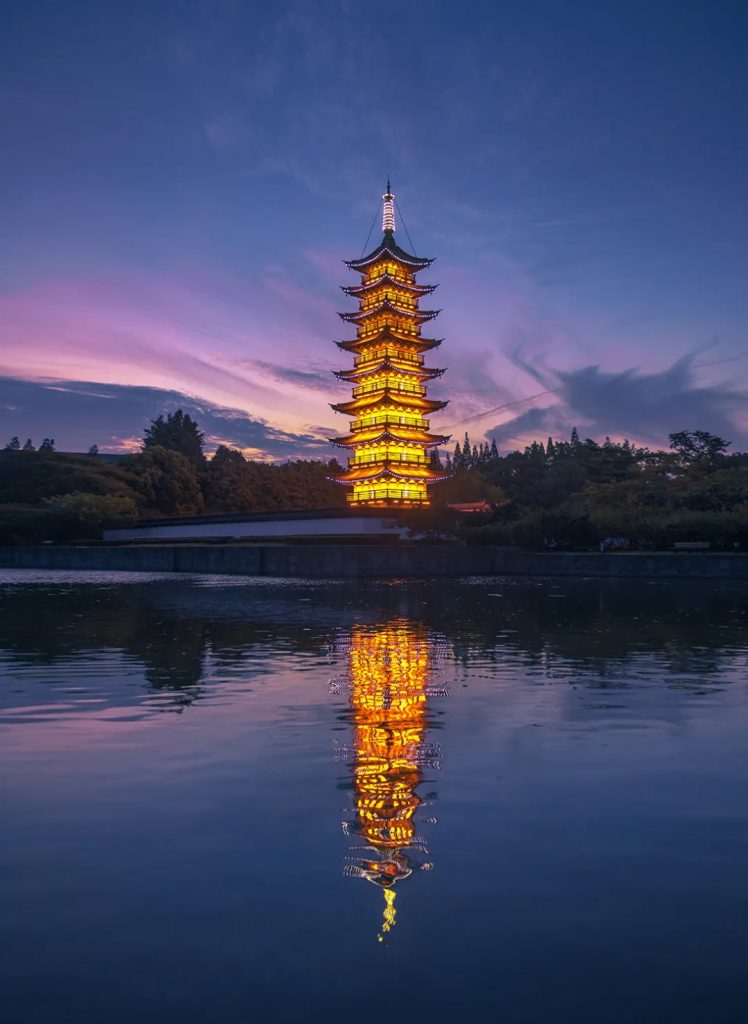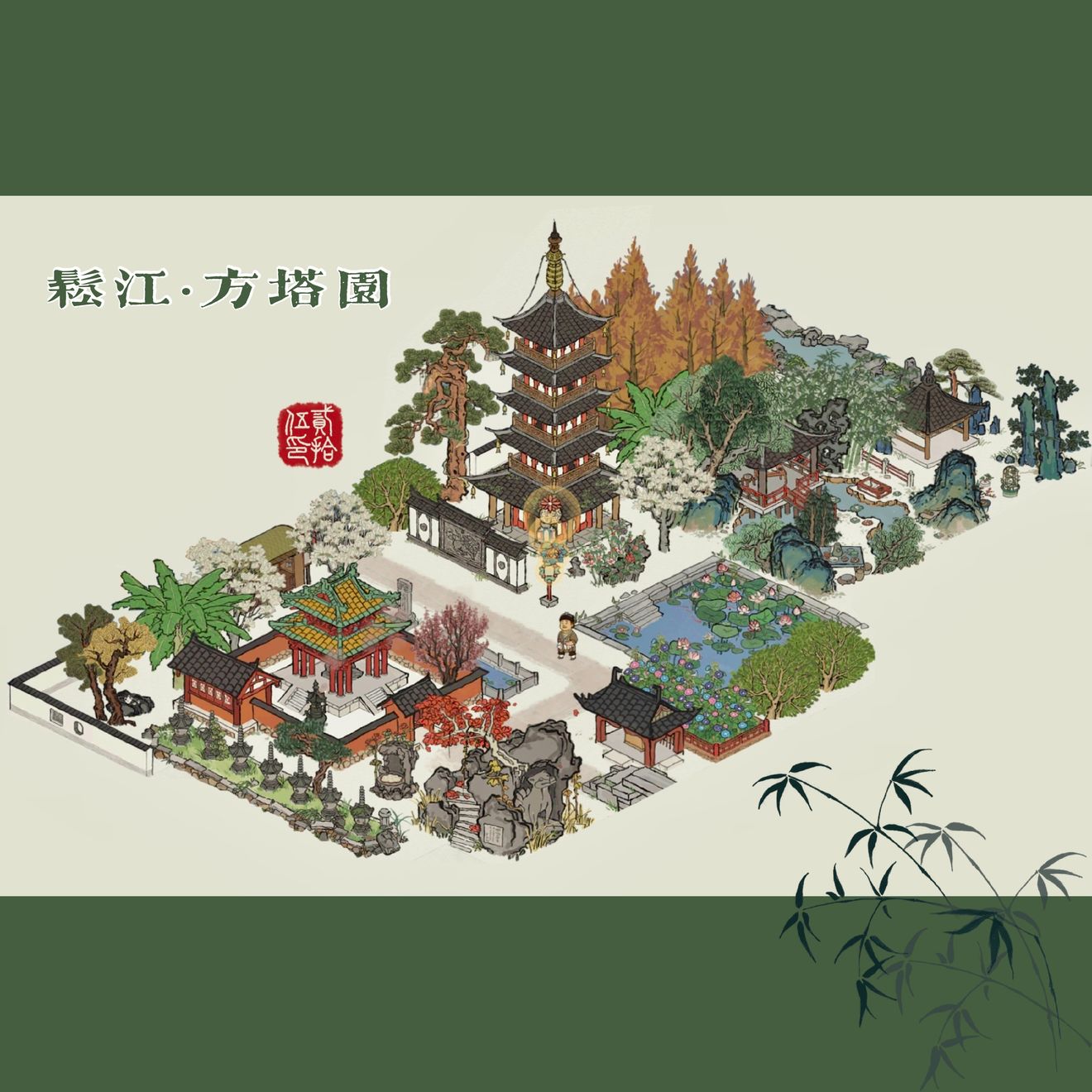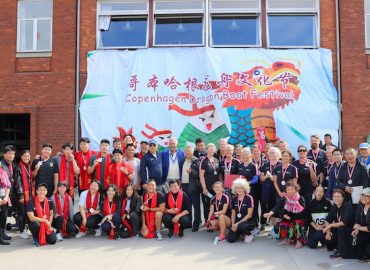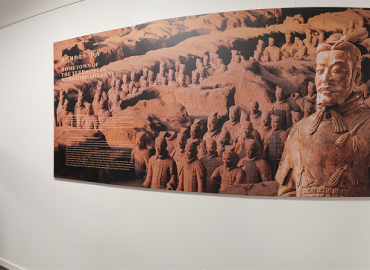Historical buildings bear the memories of history and reveal the profound culture of a city. Shanghai, well-known for its “Exotic Building Clusters”, is home to buildings of different periods and architectural styles that tell varied stories to the world. The character of openness, innovation and inclusiveness can be found in every respect of the city, along with the convergence of revolutionary traditions, Shanghai-style culture and the Jiangnan culture.
Different buildings tell about the special status of Shanghai from different angles. This is the birthplace of the Communist Party of China (CPC), where the CPC members conceived their original aspirations and set sail to pursue dreams. The revolutionary traditions have been passed down for a hundred years. This is an international metropolis rich in modernity with distinctive socialist characteristics. Here diverse cultures converge while China’s readiness to embrace the world is best manifested, and foreigners can get a closer look at China. This is a hub city opening to and connecting both domestic and international markets, a central node of the economic network across the country and a strategic link between domestic and global connections. This is a city located in the centre of Jiangnan where cultural tradition featuring the distinctive marks of white walls and black tiles and streams flowing beneath bridges has been well preserved. This is a city that always leads the trend, strives to advance in the new era, and is determined to create new miracles. The record height and speed Shanghai has reached is also telling about China’s drive to scale new heights in the pursuit of better development. After all, this is a people’s city. The legendary architectural spaces are the outcomes of people’s wisdom and labour and therefore part of people’s wealth and memory.
The world is so big, and why not come to Shanghai to see more of it? This book is intended to offer readers a graphic account of Shanghai’s architecture and an intriguing glimpse of Shanghai as a people’s city so that they can better understand Shanghai, come to experience it and fall in love with it.

Songjiang Square Pagoda
Located in the beautiful Square Pagoda Garden, the Square Pagoda of Songjiang got is name for the building is square. Except the storeys from the 7th to the 9th, which were reconstructed in the Qing Dynasty, the pagoda basically retained its original components in the Song Dynasty, especially the bracket system, over 60% of which are the Song objects. A great part of the pagoda was built with the woodwork techniques of the Tang and Five Dynasties. It is one of the ancient pagodas that retain the most original components in southern China. In 1996, it was announced as a Major Historical and Cultural Site Protected at the National Level.
The 9-storey Square Pagoda looks tall and slender, about 42.5 metres high. It is the second highest existing pagoda in Shanghai. The pagoda was built in the Northern Song Dynasty, but largely inherited the shape and structure of the brick pagoda and architectural style of the Tang Dynasty. The side length of the ground floor is 6 metres and the length decreases storey by storey upward. The outer wall of the brick pagoda is “brick with wood”, and a rec-tangular cross beam is embedded every five or six to more than ten brick layers to strengthen the wall. Each side of the pagoda is divided into three bays by brick colums, with the Kunmen set in the centre. Each floor is built with wooden flat seats and railings, supported by wooden bracket system. The stairs on the ground floor are built in the arcade, and the stairs from the second floor and up are in the body of the pagoda. The top floor is the conical roof. The 13-metre wooden pagoda core column is supported at the eighth floor and sticks more than 8 metres above the roof. It is covered with iron pagoda spine, and installed with statue seat, amrta-kalasa and other Buddhist components. There are four iron cables dragging from the spire to the eaves corner of the top floor. Copper bells are set at the four corners of the eaves, to keep the birds from making nests on the pagoda.
The pagoda went through many times of betterment in the Southern Song, Yuan and Ming Dynasties, and was heavily repaired in the reign of Emperor Qianlong of the Qing Dynasty. In the process of rebuilding from 1974 to 1977, a lot of relics of the Song Dynasty were discovered and some original Song components were kept. In 1978, the Shanghai Landscape Bureau built the Songjiang Fang Ta Park with the Square Pagoda as the center.






